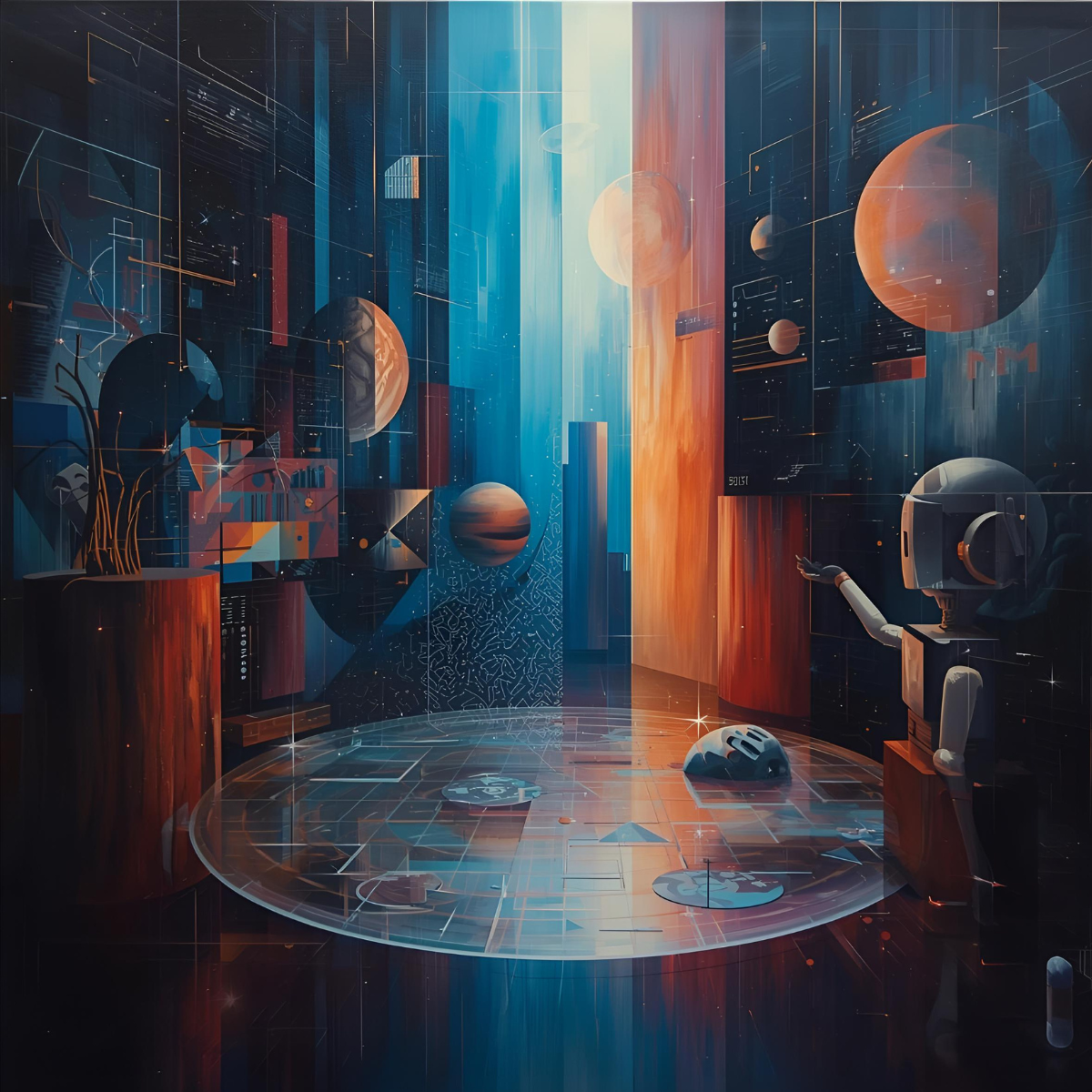In 2025, multiplayer is no longer just a feature; it’s the foundation of modern gaming. Whether you’re building a competitive shooter, a real-time strategy game, or a casual co-op experience, choosing the right multiplayer framework can make or break your project.
But with so many options on the market from Photon and Mirror to PlayFab, Unity Netcode, and Unreal’s networking stack, it’s easy to get overwhelmed. Each framework comes with its strengths, limitations, and performance quirks, especially when targeting cross-platform multiplayer frameworks across PC, mobile, and consoles.
This guide will help you:
- Understand the current landscape of multiplayer game framework comparison in 2025
- Evaluate real-time multiplayer architecture for your game’s needs
- Choose between the best free multiplayer game engine options or premium solutions
- Compare top contenders like Photon vs Mirror vs PlayFab
- Explore how to minimise latency in multiplayer games and ensure scalability
Whether you’re an indie dev or running a larger studio, selecting the right technology stack is key to long-term success in today’s multiplayer-first market.
Why Multiplayer Frameworks Matter More Than Ever in 2025
The gaming landscape in 2025 is more connected than ever. Players expect seamless online experiences across platforms, with real-time responsiveness, robust matchmaking, and low-latency gameplay. To meet these expectations, developers must choose their multiplayer stack wisely and early.
Real-Time Multiplayer Architecture Is Now Standard
With the rise of genres like battle royale, live-service shooters, social sandboxes, and co-op survival games, multiplayer is the core of engagement. A well-structured real-time multiplayer architecture ensures:
- Smooth data sync between players
- Accurate movement and input prediction
- Fair hit detection and anti-cheat systems
Frameworks that don’t support modern networking models or lack scalability quickly become bottlenecks.
Scalability Is Critical for Long-Term Growth
Using a scalable multiplayer backend in 2025 means you can handle:
- Sudden player spikes during launch or events
- Region-based server deployment
- Persistent world logic and matchmaking without downtime
Solutions like PlayFab or Epic Online Services can provide cloud-based infrastructure for indie studios and AAA teams alike.
Minimising Latency Keeps Players Engaged
Low-latency gameplay isn’t just a luxury; it’s essential. High ping, desync, or stutter can ruin gameplay and cause churn. That’s why minimising latency in multiplayer games must be a top priority during framework selection.
Key factors that affect latency:
- Distance from server (region support)
- Type of network model (P2P vs client-server)
- Quality of interpolation and lag compensation
Choosing a framework that offers advanced techniques like state reconciliation and prediction can significantly boost perceived responsiveness.
Multiplayer Game Framework Comparison 2025: Top Choices Reviewed
With a wide range of multiplayer solutions available in 2025, finding the right fit means more than just picking what’s popular; it means choosing based on your game’s scale, platform targets, and networking needs. Below is a high-level multiplayer game framework comparison for 2025, highlighting key players and their ideal use cases.
Top Multiplayer Frameworks and Engines
| Framework/Engine | Best For | Key Strengths | Limitations |
| Unity Netcode for GameObjects | Indie games, Unity-based projects | Deep Unity integration, Open Source, supports Relay & Lobby | Still maturing, limited high-concurrency support |
| Unreal Engine Networking (EOS) | AAA or mid-sized studios | High visual fidelity, strong replication system | Steep learning curve, performance-heavy |
| Photon Fusion / PUN 2 | Fast-paced action games | Low-latency sync, room management, cross-platform | Paywall for scaling, hosted on Photon Cloud |
| Mirror (Unity) | Open-source networking | Customisable, supports server authority | Requires external hosting & backend setup |
| PlayFab (Microsoft) | Games needing backend services | Built-in matchmaking, player data, and analytics | Requires integration with a separate networking layer |
| Nakama | Real-time games with backend logic | Scalable open-source server, leaderboard, chat | Requires self-hosting or an enterprise plan |
Cross-Platform Multiplayer Is a Must
In 2025, most successful games span across platforms: PC, consoles, and mobile. Your chosen framework must:
- Support device-agnostic logic
- Handle input variations (controllers, touch, keyboard)
- Use platform-independent authentication and matchmaking
Frameworks like Photon Fusion and Unity Relay are particularly strong in cross-platform multiplayer frameworks, while Unreal’s EOS handles multi-device authentication and lobby systems with ease.
Unity vs Unreal Multiplayer Frameworks in 2025
Two of the most dominant game engines in 2025, Unity and Unreal Engine, offer very different approaches to multiplayer development. Whether you’re building a competitive shooter, a co-op RPG, or a large-scale MMO, choosing the right engine and networking stack is crucial to your game’s performance, scalability, and long-term success.
Unity Multiplayer in 2025: Flexible and Indie-Friendly
Unity has made major strides with Netcode for GameObjects, Relay, and Lobby services, creating a modern multiplayer stack that’s ideal for small to mid-scale games.
Pros:
- Deep engine integration
- Works with Photon, Mirror, and PlayFab
- Support for cross-platform multiplayer frameworks
- Large community and open-source tools
Cons:
- Requires third-party hosting for large-scale games
- Some multiplayer tools are still maturing
Unreal Engine Multiplayer: Built-In Power for High-End Games
Unreal’s networking system is robust out of the box and integrates seamlessly with Epic Online Services (EOS). It supports client-server architecture, dedicated servers, matchmaking, and session handling no need for third-party plugins.
Pros:
- Advanced replication system
- Excellent for high-fidelity, latency-sensitive games
- Low-latency multiplayer engine when optimised
- Native EOS integration for matchmaking and stats
Cons:
- Steeper learning curve
- Heavy on system resources
Unity vs Unreal: Quick Feature Comparison
| Feature | Unity (Netcode + Plugins) | Unreal Engine (Built-in + EOS) |
| Multiplayer Framework Options | Photon, Mirror, PlayFab, Netcode | Built-in networking, EOS |
| Cross-Platform Multiplayer | Strong plugin support | Native, especially with EOS |
| Matchmaking & Backend | PlayFab, Photon Cloud | EOS services |
| Performance at Scale | Requires tuning + third-party tools | Strong out of the box |
| Ease of Use | Beginner friendly | Requires deeper engine knowledge |
Photon vs Mirror vs PlayFab: Which Backend Wins?
When building a multiplayer game, the backend you choose is just as important as the engine itself. From player matchmaking to room management and latency control, your backend must support both your game design and scalability goals. Let’s break down a head-to-head comparison of three major options: Photon, Mirror, and PlayFab.
Photon: Plug-and-Play Speed for Real-Time Games
Photon (Fusion, PUN 2) is a low-latency multiplayer engine known for its ease of integration and performance in real-time multiplayer games like shooters, platformers, and arcade titles.
Strengths:
- Reliable cloud infrastructure
- Built-in matchmaking and lobbies
- Room-based architecture (great for small to mid-sized games)
- Supports Unity, Unreal, Godot, and others
Drawbacks:
- Paywall for higher CCU (concurrent user) tiers
- Limited control over hosting in Photon Cloud
- Custom backend logic is harder to implement
Mirror: Open-Source Flexibility for Unity Developers
Mirror is the spiritual successor to UNet and a great fit for devs who want full control over their networking logic. It works only with Unity but offers impressive customisability.
Strengths:
- Completely open-source and free
- Full control over real-time multiplayer architecture
- Good support for authoritative server models
Drawbacks:
- No backend features out of the box (matchmaking, player stats)
- Requires external server setup and maintenance
- Not ideal for beginners or small teams
PlayFab: Scalable Backend as a Service
PlayFab, backed by Microsoft Azure, provides a scalable multiplayer backend with everything you need for user management, matchmaking, player data, and live operations. It doesn’t handle real-time networking directly but complements engines like Photon or Unreal.
Strengths:
- Cloud-native infrastructure
- Player authentication, leaderboards, analytics
- Cross-platform identity support
- Integrates with Photon, Unreal, Unity
Drawbacks:
- Requires pairing with a networking layer (e.g., Photon, Netcode)
- More setup/configuration than plug-and-play options
Quick Comparison: Photon vs Mirror vs PlayFab
| Feature | Photon | Mirror | PlayFab |
| Platform Support | Unity, Unreal, etc | Unity only | Engine-agnostic |
| Matchmaking & Lobbies | ✅ Built-in | ❌ Manual setup | ✅ Scalable via Azure |
| Real-Time Sync | ✅ Yes | ✅ Yes | ❌ ( Requires addon) |
| Backend Features (Auth, Stats) | ⚠ Limited | ❌ None | ✅ Extensive |
| Self-Hosting Option | ❌ Cloud only (default) | ✅ Yes | ✅ Available |
| Cost | Freemium w/ tiers | Free/Open-source | Free tier + Azure fees |
Conclusion: How to Select the Right Multiplayer Framework for Your Game
Choosing a multiplayer framework for your game in 2025 isn’t just about which tool is the most powerful; it’s about aligning your choice with your game’s scope, budget, and platform targets.
Whether you’re comparing Photon vs Mirror vs PlayFab, or evaluating Unity vs Unreal multiplayer frameworks, the key is to balance performance, scalability, and long-term support. For fast-paced, real-time games, a low-latency multiplayer engine like Photon or Unreal may be ideal. For indie teams that need flexibility and control, open-source options like Mirror shine. And for developers focused on live services and scale, PlayFab delivers a strong backend solution.
No matter your project’s size or ambition, investing in the right tools now will save time, money, and technical debt later.
Ready to Build the Next Big Multiplayer Game?
At Uverse Digital, we specialise in building scalable, cross-platform multiplayer games that perform under pressure. From architecture planning to implementation, matchmaking systems to backend setup, we’re your partner in multiplayer innovation.
Contact Uverse Digital to start building with the right multiplayer framework in 2025.
About the author : M.Uzair Ahmad
Stay Ahead of the Game
Get XR insights, dev tips, and industry updates straight to your inbox
Join our insider list for cutting-edge content on game development, performance optimization, and immersive experiences — curated for industry leaders like you.



